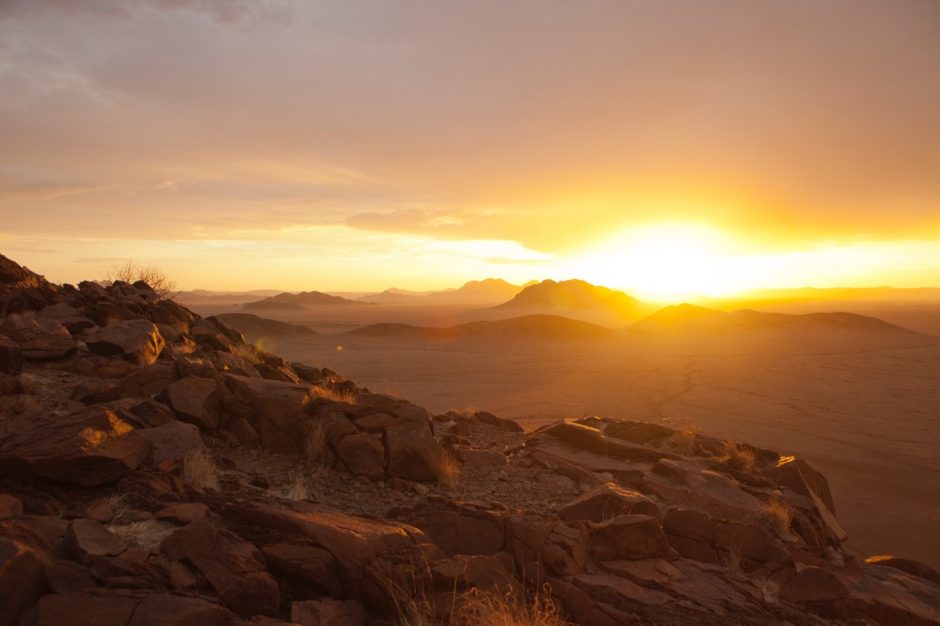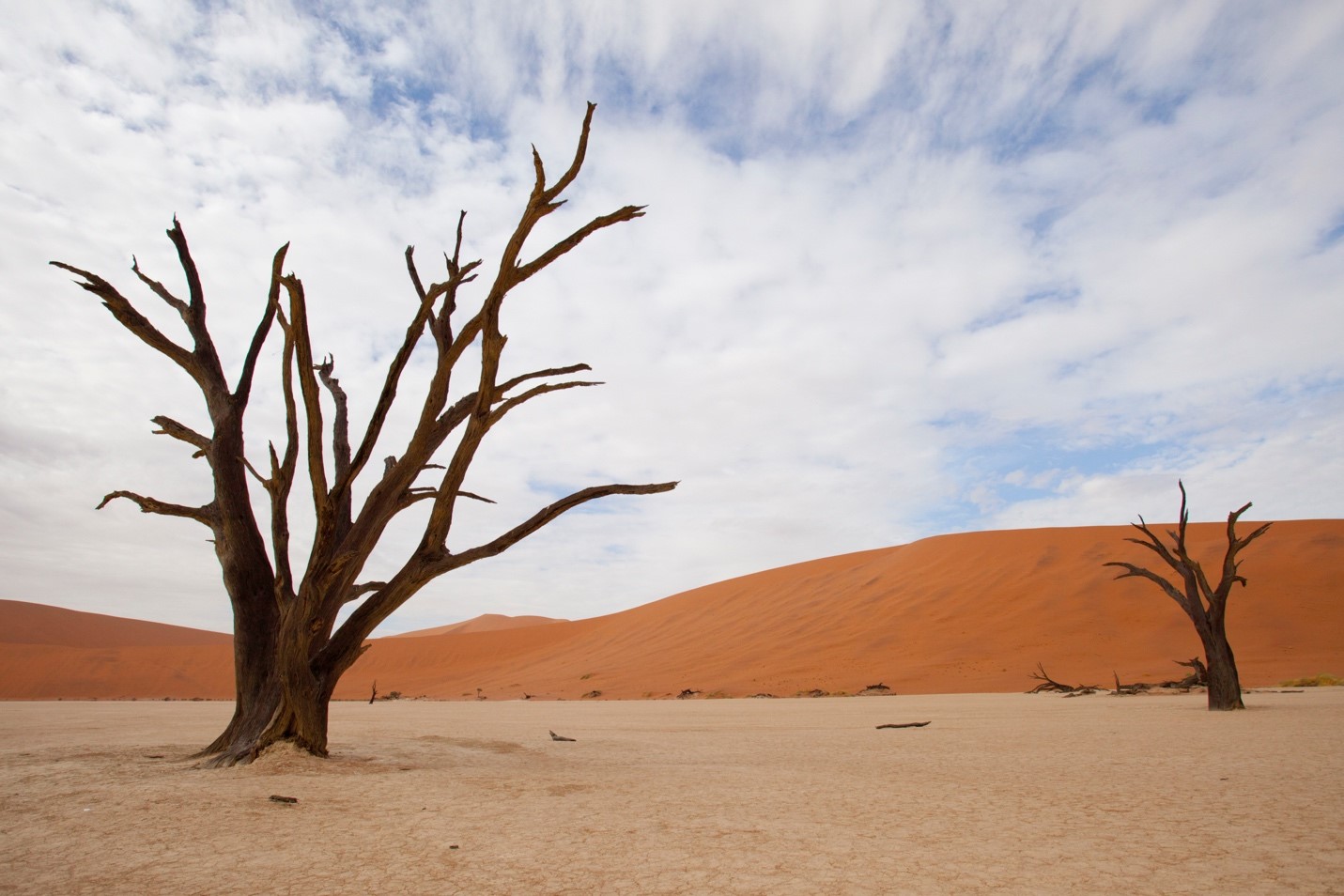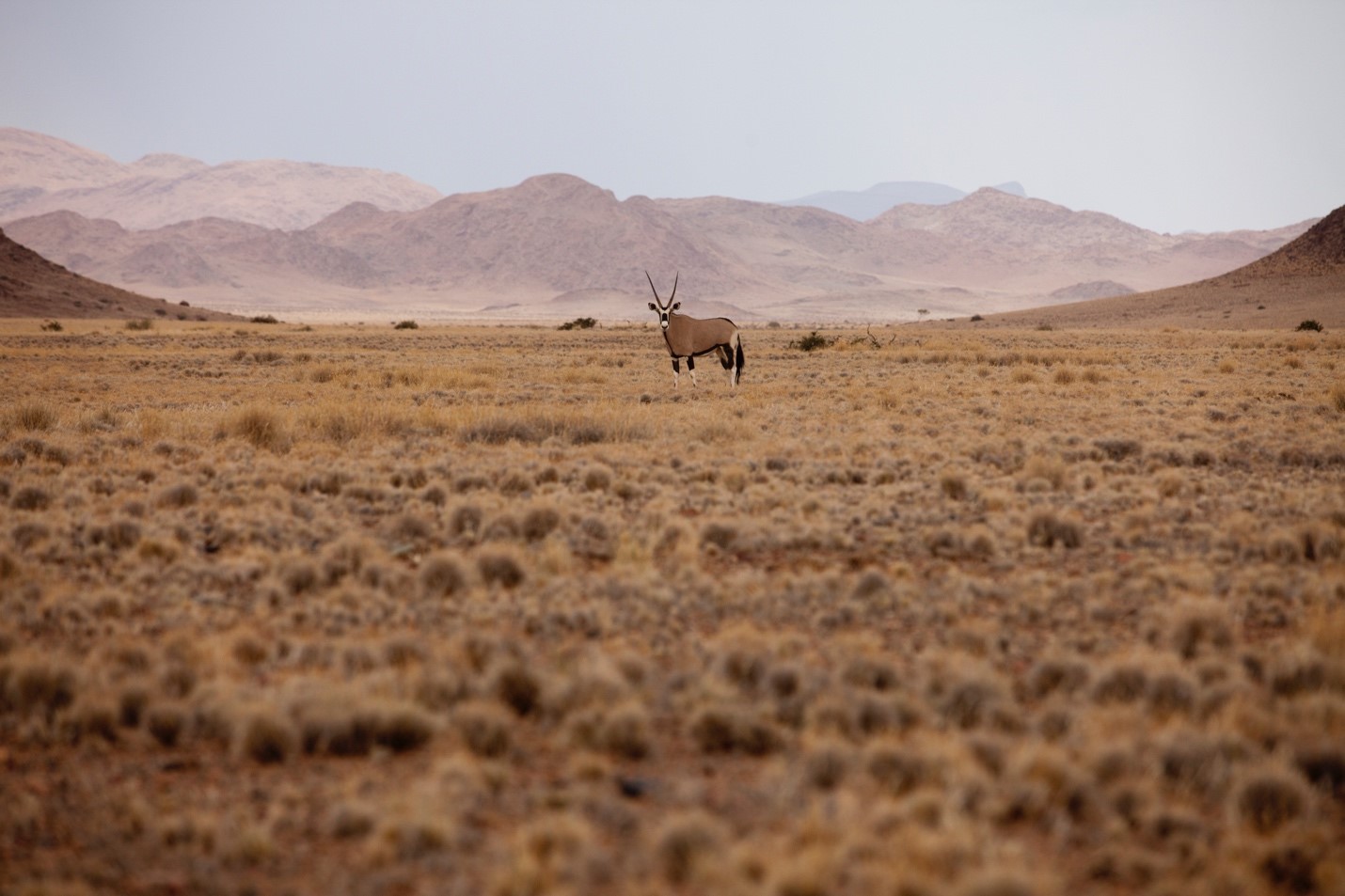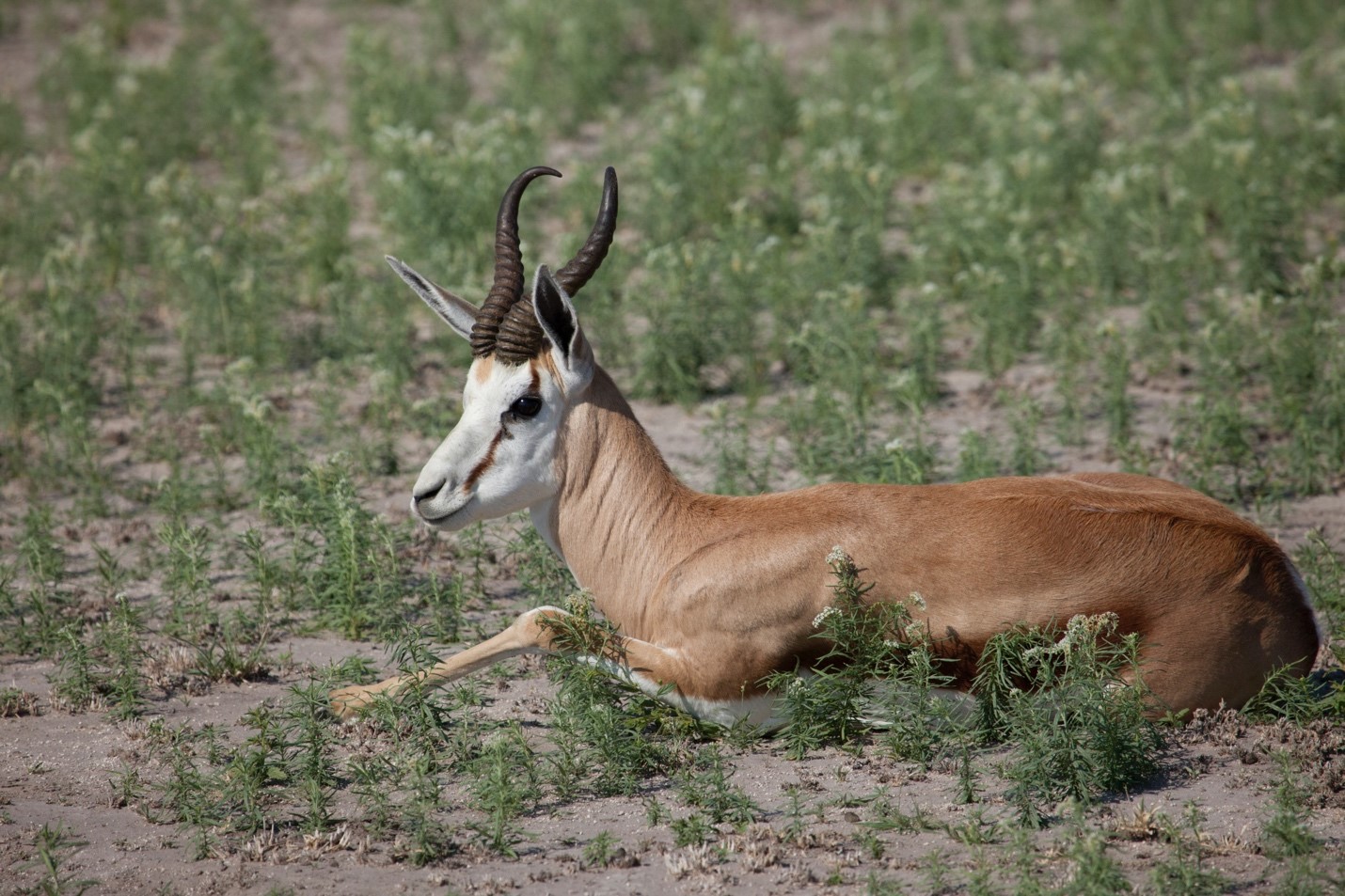
How to Harness Depth of Field in Namibia
There are certain places in the world where you get the absolute best of both worlds—extraordinary wildlife and some of the most stunning landscapes you will ever see. Namibia is one of those truly special places.
If you’re headed to Namibia on a photo safari, one of the top things to pay attention to is using the proper depth of field in each situation you encounter. This goes for wildlife, landscapes, and especially when combining both!
First things first: Shallow and wide depth of field
For starters, let’s quickly identify what these terms mean. Chances are, if you’re on a proper photo trip, your photo Expedition Leader will be mentioning ideal “depths of field” (aka DoF) for certain situations.
For instance, if you are encountering a stunning landscape shot, you may hear that folks are getting great shots using a wide depth of field. This basically translates into LOTS of the frame in focus. That is, the foreground and background are all relatively sharp. Wide translates into lots of focus.
You can accomplish this by dialing in a large f/number in your camera (generally f/8 and higher). If you shoot on manual or aperture mode, this is pretty simple to do. If you’re not yet comfy with these modes, try and find the “landscape” setting in your menu and that will have the camera prioritize for wide depths of field in the resulting shots.
In another instance, you may be photographing an animal and someone remarks that they’re getting amazing shots with a super shallow depth of field. This equates to not much being in focus except the subject of your shot. That is, what you actually focus on will still be in focus, but not much else. This creates a nice pleasing blur that lots of photographers (and people looking at your photos) love.
You can accomplish this by dialing in a SMALL f/number in your camera (generally f/4 and lower). Same as above, if you shoot on manual or aperture mode you can use your camera’s dial to dial this number. However, if you do not, you may find the “portrait” setting in your camera’s menu and this will prioritize all upcoming shots to have this shallow depth of field.
Ok, so now onto examples of when you might want one or the other in Namibia
Times when you want a WIDE depth of field
The most obvious time is going to be when you’re shooting landscapes. When capturing a big scene, like the dunes of Namibia, you want to have everything in as much focus as possible, because blur in the scene would likely be distracting. You want most everything crisp

And this is especially true when you have distinct foreground elements like these dead trees.
In landscape photography, your photo will almost always be more pleasing if you have something in the foreground for the viewer to look at. The gorgeous background is indeed wonderful in epic landscape shots, but it’s exactly that—background. They key is to get something really fascinating in the background, but give the viewer something to key in on at first.

In these instances, you want to have that wide depth of field (large f/number) so that everything is nice and sharp.
When photographing the amazing landscapes of Namibia, I generally recommend folks begin with a wide depth of field.
Those times when you want a shallow depth of field
Many of you reading may feel that when possible, you always want everything to be in focus. After all, focus is sharp and always looks good, right!? Well not so fast…

There are also many times that you want to intentionally blur part of the scene. And frankly, when you harness this power, you will begin to REALLY elevate your photography.
The prime times to think about shallow depth of field are when you have a really strong subject. That is, an animal, person, or something rather distinct. A rock or tree can be strong, but it’s got to be a really charismatic rock or tree. Fortunately those also exist in Namibia.
Typically I reserve these shallow DoF moments to living things. But, rules are always meant to be broken, and the best way to learn is to try, so know no limits!

Most people will often think of Namibia as a land of iconic scenery, and for sure it is. However, there is an entirely different side to it that has spectacular wildlife in classic safari atmosphere. Isolating the subject by intentionally blurring everything else can create quite a dramatic scene, as is the case with these three lionesses above.
As a general rule, when photographing wildlife, I recommend starting with a shallow depth of field. This goes for wildlife big and small. Notice the nice pleasing blur behind the springbok in the photo below? This really helps draw the viewer into the thing you’re trying to get them to look at, and even makes it look sharper because of the contrast!
The other time you want a shallow depth of field is when the surrounding area is highly textured and distracting. You’ll see that throughout these photo examples…lots of grass, shrubs, trees, you name it. These heavy textures take away from your subject, the animal, so it behooves you to use a shallow depth of field to help blur those out.

Going against the grain
Although you can certainly break DoF principles into “rules” you should never be afraid to experiment and go against the grain.
Yes, when you have a single, strong subject it can be quite nice to use a shallow depth of field and make it really pop. And when you have lots going on with an interesting background, it is usually nice to get that wide DoF to bring it all into focus. However, with enough time on photo trips, you’ll have tons of practice and be presented with opportunities to experiment.
All rules are always meant to be broken, and sometimes the best photos are those that don’t abide by what people expect.
Cheers,

Court
Leave a reply